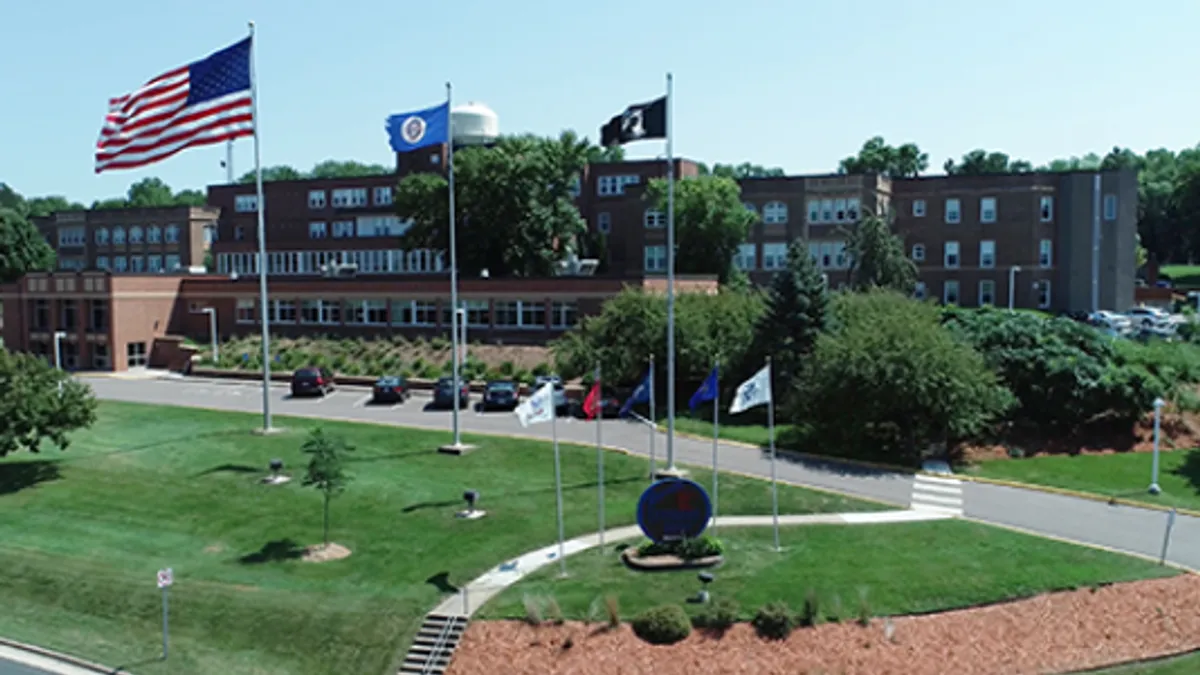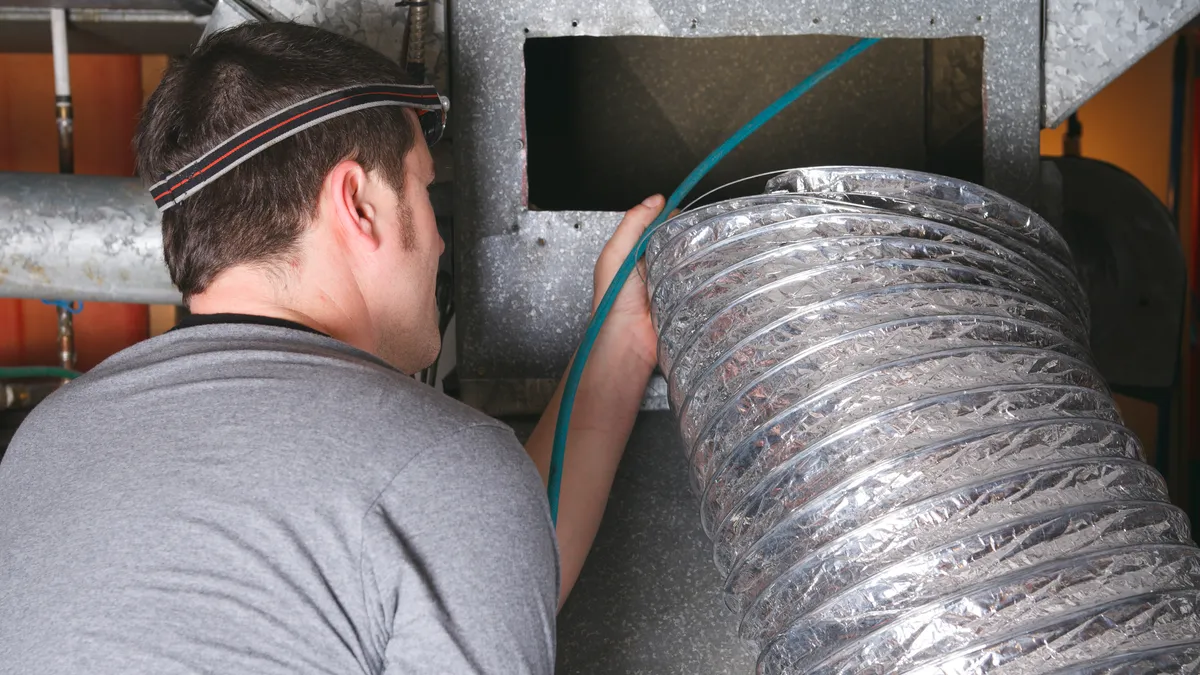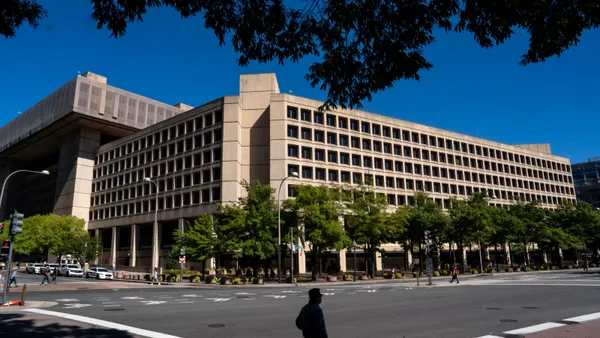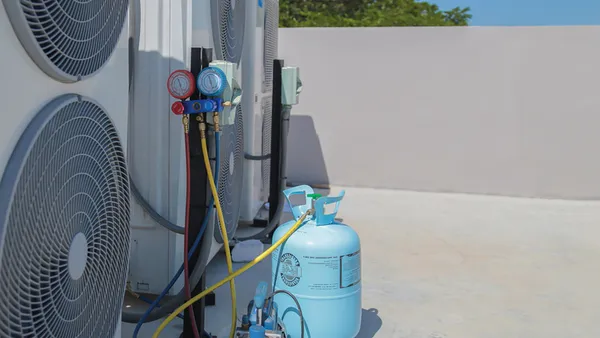Mary Scott Nabers is CEO of research and consulting firm Strategic Partnerships Inc. and the author of “Inside the Infrastructure Revolution – A Roadmap for Rebuilding America.” Opinions are the author’s own.
Deferred maintenance is a major problem for many public entities throughout the U.S. including cities, counties, school districts, universities, hospitals and law enforcement agencies. Upgrading their facilities will cost billions of dollars, and the longer this issue remains unaddressed, the greater the financial burden will be on taxpayers.

In recent years, federal, state and local governments have made funding a priority to begin the slow and somewhat painful process of addressing these problems. New initiatives have been launched to address the maintenance issues and many public assets are already in various stages of repair, renovation or replacement.
Congress has made funding available through the American Rescue Plan and other initiatives, and money is also being approved through bond elections, state coffers and public-private partnerships, which bring private sector capital. As a result, many projects will be launched in 2024 and over the next several years. The majority of the initiatives will be large, complex and costly. Therefore, private sector collaboration will be in high demand.
Some upcoming deferred maintenance projects include:
- A $300 million grant from the EPA will allow the International Boundary and Water Commission to handle some significant deferred maintenance issues and then double the capacity of a federal wastewater plant in San Diego, California. A recent assessment revealed that $150 million will be needed to address deferred maintenance on the plant before the upgrades can even begin. The repair work will be extensive and no date for a project launch has been announced.
- The University of South Florida received funding from the American Rescue Plan to address deferred maintenance issues on the campus. Approximately $28.9 million is earmarked to upgrade and enhance building systems. Another $26.5 million project will address campus utilities. Smaller projects will include new roofs, network modernization, construction maintenance, energy-related equipment and roadway projects. A few smaller projects will launch near the end of 2023, but at least 28 more are slated to begin in the first quarter of 2024.
- The Hastings Veteran’s Affairs Campus in Minnesota will address deferred maintenance issues by demolishing and replacing six buildings. Facilities that are not replaced need immediate attention and a vast amount of repair and upgrades, including new pipes and HVAC systems. A planned construction project to replace the administrative facility carries an anticipated cost of $221 million and the other construction effort has a price tag of $194 million. Five residential buildings will be demolished and replaced with one large housing facility designed to deliver upgraded apartments. The new facility will also be structured to provide space for residential mental and medical services. Construction will launch in 2026.
- In Watsonville, California, city leaders were awarded $10 million in a bond election so work could begin to address deferred maintenance problems. Immediate projects include work on the city’s roads, parks and the public library. Other initiatives will include constructing a new nature center, renovating and maintaining numerous city trails, upgrading roads and repairing streets to remove potholes. Consultants hired to prioritize projects say the final cost projection could be as high as $93 million. Construction is slated to begin in 2024.
How can builders get involved in these types of transformative projects? Here are a few key tips:
Stay informed. With multiple funding sources, including federal funding, bond elections, state allocations and public-private partnerships, opportunities will be widespread. Keeping abreast of these initiatives and the specific projects they entail is essential.
Diversify expertise. The deferred maintenance reform covers a broad spectrum of repair, renovation and replacement projects. Builders should be prepared to diversify their expertise, from upgrading building systems and utilities to handling road repairs and infrastructure projects. This flexibility can open doors to various opportunities.
Collaborate. Government agencies, educational institutions, healthcare facilities and more will seek private sector partners to carry out these projects. Builders should be ready to collaborate with these entities and demonstrate their capacity to deliver high-quality, cost-effective solutions.
Leverage federal grants. Builders should explore potential partnerships with agencies like the EPA to tap into available funds and secure contracts for critical projects.
Prepare for complex projects. Many deferred maintenance initiatives will be large and complex, requiring builders to manage extensive repair work and upgrades. Builders should have the skills, resources and experience to handle these challenging projects effectively.
Invest in workforce development. With such a high demand for contractors, there may be concerns about the availability of a skilled workforce. Builders should consider investing in workforce development and training programs to ensure they have a robust and capable team ready to tackle these projects.
Monitor timelines. While some projects will launch in the near future, others may be several years away. Builders should align their strategies and resource planning accordingly.
Prioritize sustainability. Builders who incorporate environmentally friendly approaches into their projects may have an edge in securing contracts, as many organizations are looking to modernize their infrastructure with a focus on sustainability.
Adapt to local needs. Different regions may have unique deferred maintenance priorities. Builders should tailor their strategies to the specific needs and challenges of the areas where they operate, whether it's urban infrastructure, educational facilities, healthcare or public spaces.
As deferred maintenance reform gains momentum, opportunities for builders are set to grow exponentially. With a few simple steps, builders can tap into these opportunities and play a vital role in addressing the deferred maintenance crisis while boosting their bottom lines.













